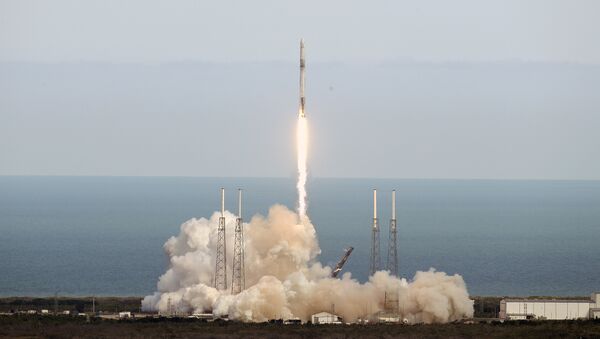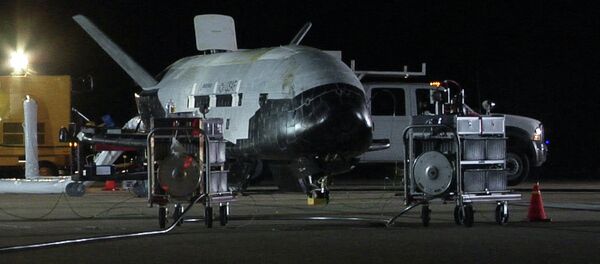Sputnik: What were the specifics in terms of the strategy of this exploration? How can you explain what’s going to happen to our listeners?
Oded Aharonson: The first mission, I would say, of SpaceIL is actually to generate a lot of national interest, national pride, and especially among kids, educational efforts to get people interested in space, much like Apollo got people in the United States interested in space, and I’m sure the [USSR’s] sputnik, that you must know much about. But our science mission, which is the part I’m responsible for, is to investigate the magnetic field of the Moon.
We know that the lunar rocks are magnetic, much like some rocks on Earth are magnetic, but there is no global magnetic field; so compasses don’t work on the Moon like they do on Earth, because the core in the Moon doesn’t generate a dynamo the way the Earth generates a dynamo. So, the really big puzzle that we are trying to solve is: how did the lunar rocks become magnetic and when did that happen?
Sputnik: What’s your interest and passion in terms of this mission? Are there any specifics that you are personally looking forward to find out about?
Oded Aharonson: Sure, absolutely. My passion of course is science, and the part of it that I’m most interested in, as I mentioned earlier, is the magnetic field of the Moon. This is a real enigma, you know. It started when [the US’] Apollo brought back rock from the Moon to Earth, we could see that they were magnetized. But when we measure the magnetic fields of the Moon, we don’t see a global field.
The generation of a global field on a planet is often linked to how much heat that planet has to drive the dynamo that I mentioned earlier. So, if we could understand better how it is that the ancient dynamo the Moon operated that may have led to the magnetic field today, we might be able to learn a little bit more about how the Moon got started.
You know, there are theories that have the Moon being ripped from the Earth by a giant impact or maybe multiple impacts, if my students’ theory is right, so maybe we could learn a little bit more about the early history of the Moon and therefore the Earth through this.
The views and opinions expressed by the speaker do not necessarily reflect Sputnik's position.



